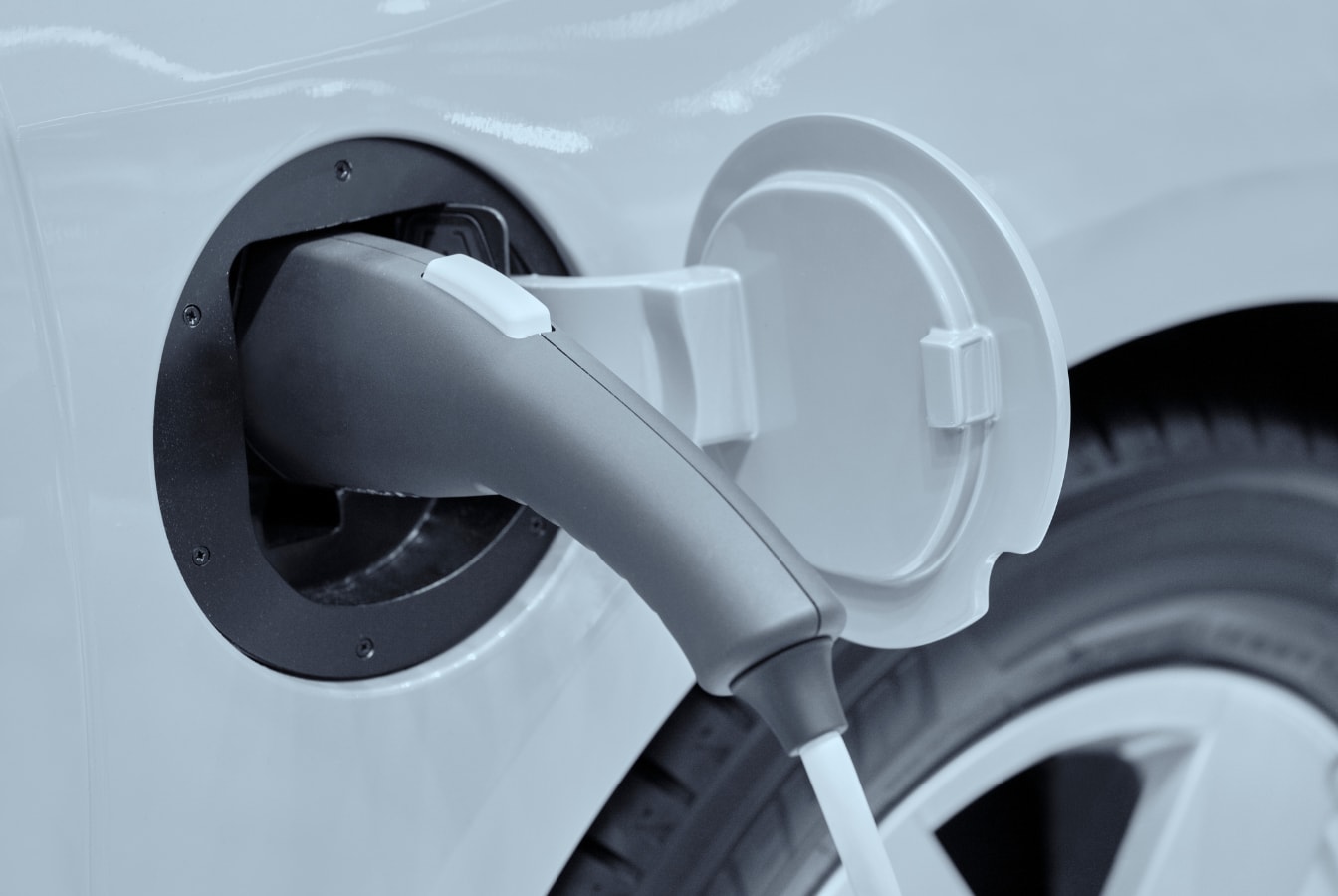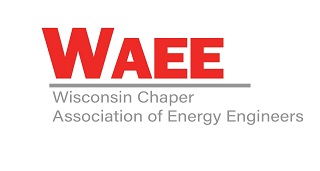
Much like gasoline-powered vehicles which run on different types of fuel – regular, diesel, or even natural gas – electric vehicles (EVs) can be charged using different levels of power.
Unlike gasoline-powered vehicles, which only work with the specific type of fuel they were designed for, EVs can refuel on any level of charging.
The tradeoff is time.
Three Levels of Charging
There are three basic levels of charging: level 1, level 2 and level 3 (level 3 is also known as a fast charger). The speed of charging any given EV gets faster as you move to the higher level.
The level of charging is based on the amount of power that can be delivered to the vehicle:
- Level 1 Charging = 120 Volts
Level 1 is equivalent to a standard house outlet; it is the slowest way to charge an electric vehicle. It takes roughly 24 hours to charge a passenger EV at level 1. Situations best suited for level 1 charging include plug-in hybrid electric vehicles which have smaller batteries, or for EVs that aren’t used daily or don’t use their entire charge daily.
- Level 2 Charging = 208-240 Volts
A level 2 outlet would be like a heavy-duty appliance outlet in your home; for instance, most ovens and clothes dryers require a 240-volt outlet. The speed of charge improves to roughly eight hours, meaning your personal EV will likely charge completely overnight. This can be an effective option for EVs used on a daily route that sit overnight, like a mail truck.
- Level 3 DC Fast Charging = 400-900 Volts
Level 3 upgrades from an alternating current (AC) used in levels 1 and 2 to a direct current (DC). They are often referred to as “DC Fast Chargers” or “Superchargers.” At the highest power level, an EV could recharge as much as 20 miles of range per minute on a level 3 DC fast charger. While level 3 chargers open up the possibilities for range and use, they are more expensive to install and require a substantial power source, making them ideal for fleets or for on-the-road recharging stations, but less feasible for home use.
Considerations for Choosing a Charging Level
While the examples above give you a rough idea of recharging times and speeds, there are actually a variety of considerations that go into choosing the right level of charging station for your needs, including:
- Acceptance Rate. All electric vehicles are designed with specific acceptance rates, so they may not accept a faster charge even if a level 3 charger is available. Fortunately, you can usually plug any EV into any type of charging station, and it will simply accept the level it is designed for. You can’t “overcharge” an EV or damage it by connecting to the “wrong” level.
- Time Available. The way you use your EV fleet vehicles may limit your options for charging levels. If you need to recharge quickly for multiple shifts or longer ranges, you will need a level 3 fast charger.
- Number of Vehicles. How many vehicles are you looking to support from one charging station? If you need to rotate multiple vehicles, then a faster charge will be important.
- Potential Growth. Should you build charging stations for your current need (pun intended!) or for anticipated growth? Most of our customers intend to phase in EVs over time, so they prefer to build for their anticipated need down the road (another pun…).
- Cost to Charge. While a level 3 charging station can require a significant initial investment, the return on that investment over time will be substantial. For instance, by shortening the amount of time you need to charge any given EV, you have the flexibility to shift the charge to a time of day when electricity is less expensive. Some chargers also offer the opportunity to incorporate distributed energy resources and battery storage to offset energy costs. EnTech Solutions also offers financing options that can lessen or eliminate your up-front capital investment.
- Sustainability. Does your business have sustainability goals or mandates to meet? Some chargers can be powered by a solar microgrid with battery storage to reduce or eliminate reliance on the utility grid powered by fossil fuels. Instead, your EV fleet could be powered by clean, renewable energy you generate yourself, like the system at Bergstrom Automotive.
The EV infrastructure experts at EnTech Solutions can help you determine the best charging setup for your needs today and in the future.
Outlook for Charging Infrastructure
There is a lot to be excited about regarding the future outlook for EV fleets. While you might need to make decisions now based on your individual situation, the growth in this segment continues to be exponential, with factors including:
- More mainstream acceptance of EVs
- Bigger batteries coming to market that can increase range
- Overall growth of charging infrastructure nationwide
- Government incentives motivating EV adoption and conversion
EnTech Solutions is here to support your EV charging needs. See our previous post about getting started with electrifying your fleet, and reach out to us via our website or email for more information.
Thank you for checking out the EnTech Solutions blog. To stay up to date with technologies, developments and trends about clean energy, please subscribe.








